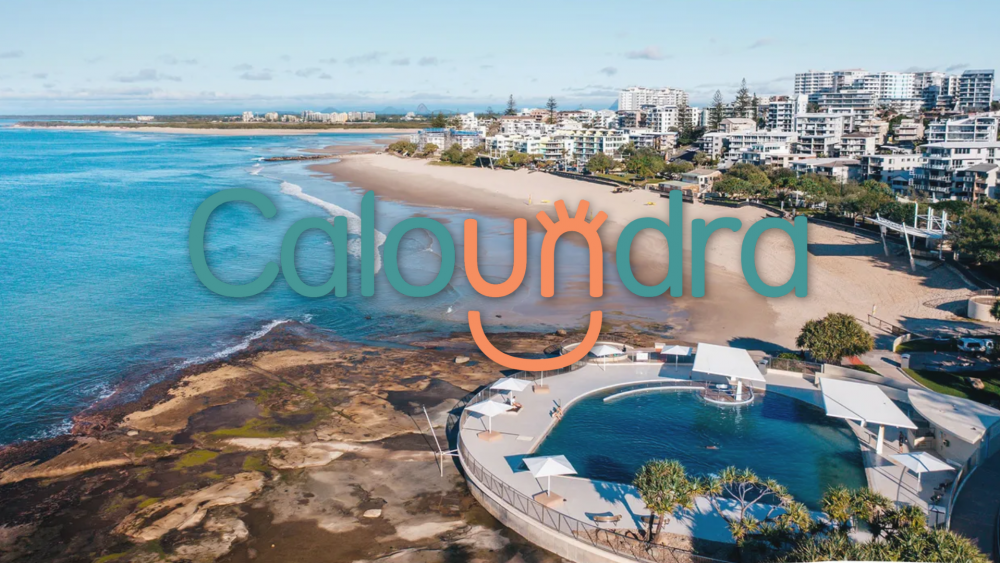To develop a placemaking brand with longevity takes a unique set of skills – brand experience, community engagement, creative thinking and deep listening. With a 25-year strong career, IAP2A certification in community engagement, a passion for the arts and creativity and by being an all round good human, Fresh director Helen Perry has delivered this particular type of brand work with design partner Horse & Water with great success including the ‘I am Nambour’ and Caloundra brands – to name just a couple.
She chats about her insights into this process for her most recent work with Caloundra.
Beyond the travel brochure
“When we first started talking with Caloundra business people and the broader community, a lot of people thought a placemaking brand was about attracting tourists. It is an easy assumption to make, but actually it’s about accurately representing the identity for the place where you live, work and play. Placemaking is about defining an area by the sum of all its parts – not just what might be attractive for tourists. There is some crossover but often the reasons you live in a place are often different from the reasons you visit a place.
“When creating a brand for a region or a town, the first thing you have to decide is who the brand is for and therefore what type of brand it is going to be – placemaking or destination branding?
Go small or go home
“Once you’ve decided on a placemaking brand, you need to examine the scope of the place – how large an area is it going to encompass? One of the first projects Maya and I worked on when we first started Fresh was the community engagement behind the Sunshine Coast Council logo. Not without its challenges because how do you encapsulate an area as huge as the Sunshine Coast into one brand?
“I feel projects like Nambour and Caloundra are more impactful because you can drill down and say ‘okay what really makes this place unique and what are the elements that make it so?’ – landmarks, amenities, businesses and vendors, local history and most importantly, people.
Diagram A: Division of attraction areas
Haters and heroes
“The truth is you can’t be all things to all people. You have to come to terms with the fact that some people are going to disagree with the brand you deliver – maybe because they personally don’t like the colour of the logo or they don’t understand the reason an element has been included. This is why developing any kind of brand you need to take your consumers, stakeholders and staff on the journey. This fosters excitement and ownership for the brand and they become the champions for this refreshed look and feel, which is exactly what we did for Caloundra.
“Solidify the brief. Make sure everyone agrees with the brief. You have to get everyone agreeing going ‘yep that’s what we want to achieve’ so they can trust in the project.
“Without this clarity and agreeance at the beginning you run the risk of coming across as vanilla and watered down – not celebrating the uniqueness of the township or region. That’s why I loved delivering the Caloundra brand so much – because we had a few haters! But at the end of the day the heroes of Caloundra loved it and they are still passionately believing in it. The brand was reflective of the community – a true placemaking brand.



